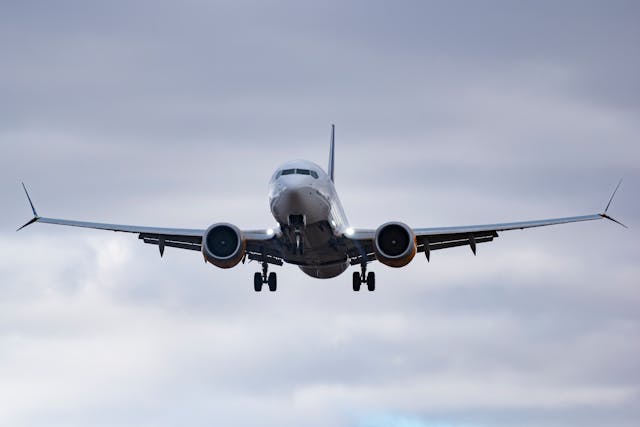Aircraft insurance is a crucial aspect of aviation operations, providing coverage and protection against a wide range of risks and liabilities associated with aircraft ownership, operation, and usage. From commercial airlines to private aircraft owners, aircraft insurance offers financial security and peace of mind in the event of accidents, damage, or loss. In this article, we explore the importance of aircraft insurance, its key components, and considerations for selecting the right coverage for your needs.
One of the primary purposes of aircraft insurance is to protect aircraft owners, operators, and lenders against financial losses resulting from accidents, incidents, or unforeseen events. Aircraft insurance typically provides coverage for various risks, including hull damage, liability for bodily injury or property damage, passenger liability, medical expenses, and loss of income or revenue due to aircraft downtime. By transferring these risks to an insurance provider, aircraft owners can mitigate financial exposure and avoid the potentially devastating costs associated with aircraft accidents or incidents.

Aircraft insurance coverage typically consists of several components, each designed to address specific risks and liabilities associated with aircraft ownership and operation. Hull insurance, for example, provides coverage for physical damage to the aircraft itself, including damage from accidents, collisions, fire, theft, vandalism, or natural disasters. Liability insurance covers the aircraft owner’s legal liability for bodily injury or property damage caused to third parties as a result of aircraft operations, including passengers, bystanders, and property owners. Additionally, aircraft insurance may include coverage for medical expenses, passenger liability, war risks, and other specialized risks depending on the policy and provider.
When selecting aircraft insurance coverage, it’s essential to consider factors such as the type of aircraft, its intended use, operating environment, and regulatory requirements. Different types of aircraft, such as single-engine piston aircraft, turboprops, helicopters, or business jets, may have unique insurance requirements based on their size, performance, and usage. Similarly, aircraft operated for commercial purposes, such as airlines, charter operators, or flight schools, may require different levels of coverage compared to private or recreational aircraft. Additionally, aircraft insurance requirements may vary depending on factors such as aircraft ownership structure, financing arrangements, and regulatory jurisdiction.

Furthermore, aircraft insurance premiums are influenced by various factors, including the type and value of the aircraft, its usage, pilot experience, safety record, and operating history. Insurance providers assess these factors to determine the level of risk associated with insuring a particular aircraft and calculate premiums accordingly. High-value or high-performance aircraft, for example, may have higher insurance premiums due to their increased risk of loss or damage. Similarly, aircraft operated for commercial purposes or in high-risk environments may also attract higher premiums compared to private or recreational aircraft.
In addition to basic coverage options, aircraft owners and operators may choose to enhance their insurance protection through additional coverage options or endorsements. Common additional coverage options include in-flight coverage, which provides coverage for accidents or incidents that occur while the aircraft is in flight, and hangar keepers liability, which covers damage to third-party property stored or serviced in the insured’s hangar. Other endorsements may include coverage for avionics equipment, spare parts, personal effects, or emergency evacuation and search-and-rescue expenses. By customizing their insurance coverage to meet their specific needs and risk profile, aircraft owners can ensure comprehensive protection and peace of mind.














